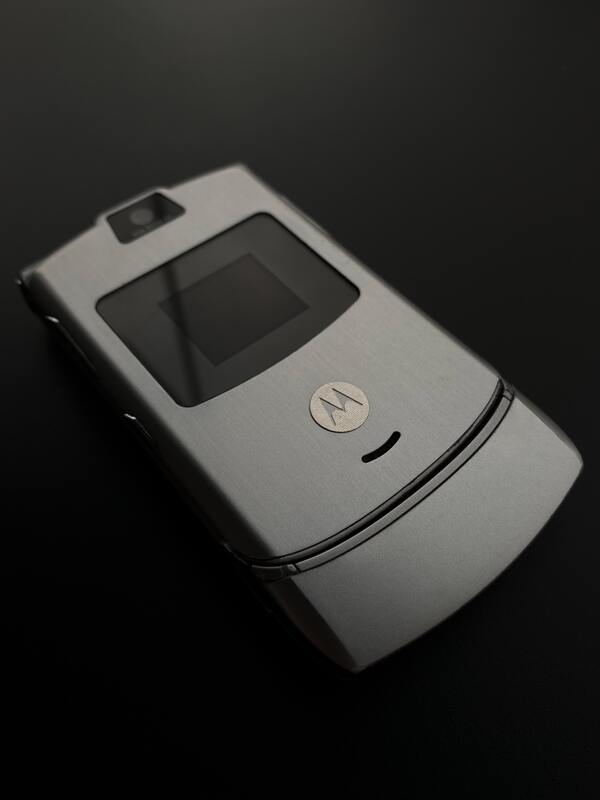|
My first day on the job at Europe’s biggest PDA maker, Psion PLC, I entered a secret meeting with top brass from Motorola. It was 1999, and the two firms were huddled to plot a joint effort that would build the world’s first smartphone. Between the two companies’ whizzy technologies in mobile computing and telecoms, we were confident we could pioneer the category.
It never happened. The companies got too ambitious and packed umpteen new component types into the phone. Predictably, some of these new technologies were delivered far too late. The phone became very expensive, and the timelines dragged out. Although the technologists were brilliant, the platform was killed for business reasons as too risky. At the same time, the Motorolans we teamed with were incessantly sending each other short messages on two-way pagers that had developed as an oddity out of their legacy paging business. Had we looked at this behavior from the proper perspective, we could have seen the latent market for enterprise messaging that RIM’s Blackberry soon captured. But management killed that product line too, because it looked too small to be interesting. What Motorola’s brass wanted were Goldilocks phones – not too big and risky, not too small and uninteresting, but just right. Alas, other major handset manufacturers were chasing Goldilocks too, and they marched lockstep into keenly competitive commoditization (ironically facilitated by Google’s Android). Now that Google has announced its acquisition of Motorola Mobility essentially for its patent portfolio, it’s a good time to look at the descent of a proud company that invented the cellphone back in 1973. How could it fall so far? And does your company contain the same insidious disease?
For a look at how Motorola could have played its hand differently, look at Palm/HP (many would make the comparison with Apple, but Apple was blessed with a clean slate when it entered the phone business). Palm understood it needed to radically revamp its product line and operating system to compete in the smartphone world. It developed a truly differentiated platform (somewhat late, given the revolution Apple unleashed, but still a reasonably good showing). The company also recognized that it needed to have capabilities distinct from its gaggle of smartphone competitors, so it embraced a merger with HP without plumping for diversification strategies such as the ones Motorola pursued. We don’t yet know if the strategy will work, but it has a reasonable chance of success. Few analysts rated Motorola’s odds as highly, which is why Google used the word “patent” 24 times in their conference call explaining its acquisition. It bought Motorola for its past patents, not its future prospects. Motorola Disease sets in when Finance takes charge, pushing companies to chase existing markets even if the pursuit leads to slow commoditization. The company ignores the new markets that revitalize industries, flails in belated efforts to rekindle growth, and succumbs to competitors who have been more patient and strategic in laying the groundwork for sustained success. Kodak, Dell, and many other once-great names have become victims. Perhaps the burial of once-great Motorola will wake up others headed down this path to doom. Comments are closed.
|



8/19/2011